Cháng’é (嫦娥) Flies From The Moon to The Screen
The Myth of Cháng’é (嫦娥) A Story Between Tradition and Modernity
As a very ancient country, China has a rich history of legends (传说 chuánshuō) and myths (神话 shénhuà). The Myth of Cháng’é is one of those!
Many stories include fantastic people and beings, the use of magical powers, often taking place in an exotic place or time. They often gives an explanation to the origin of things and people.
Many of these stories date back to the era of the Three Sovereigns (三皇 sānhuáng) and the Five Emperors (五帝 wǔdì).
The Three Sovereigns and the Five Emperors were two groups of mythological rulers or deities in ancient China.
They ruled on some parts of actual China during the period from 2850 B.C. and 2205 B.C, preceding the first Chinese Dynasty, the Xia Dynasty (夏朝 xiàcháo)
One of these myths involves the figure of goddess Cháng’é (嫦娥).
Have you ever heard about her?
Let’s find out her story and the traditions related to this legendary figure!
The Myth Of Cháng’é(嫦娥) – Presentation & Etymology
The Myth Of Cháng’é (嫦娥) – Mythology around Cháng’é (嫦娥)
The Myth Of Cháng’é (嫦娥) – Cháng’é (嫦娥) & The Rabbit Yùtù 玉兔
The Myth Of Cháng’é (嫦娥) – Chang’é (嫦娥) & The Mid-Autumn Festival
The Myth Of Cháng’é (嫦娥) – Cháng’é (嫦娥) & The Lunar Exploration
The Myth Of Cháng’é (嫦娥) – Cháng’é (嫦娥) From The Moon To The Cinema
Who Is Cháng’é (嫦娥)?
Cháng’é (嫦娥) is the Chinese goddess of the moon.
She is best known for drinking an elixir of immortality, originally given to her husband, the legendary archer Houyi (后羿).
DID YOU KNOW – In the painting shown here, in bold, you can read the following poem:
She was long ago a resident of the Moon Palace,
Where phoenixes and cranes gathered and embroidered
banners fluttered in heavenly fragrance.
Chang E, in love with the gifted scholar,
Breaks off [for him] the topmost branch of the cassia tree
The name Cháng’é (嫦娥) is composed by two characters:
- cháng (嫦) : a character unique to her name
- é (娥) : meaning “pretty, young woman”
Cháng’é was originally known as Héngé (姮娥).
However, since the personal name of the emperor Wen Liúhéng (刘恒), contained a character (héng 恒) a homophone of the character héng 姮 of the goddess’ name, the name Héngé was changed to Cháng’é.
WHY? – An emperor’s name was supposed to be unique. Having a name so similar to another Chinese cultural figure was considered inappropriate.
Wen was the fifth emperor of the Han dynasty (汉朝 Hàncháo), the second dynasty of imperial China.
He ruled from 203 B.C. to July 157 B.C.
Prior to becoming a goddess, Cháng’é (嫦娥) was famous for her beauty.
She had a pale and milky skin, long and black hair and lips like cherry blossoms.
Pale skin is considered a symbol of beauty by Chinese women as far back as the Han Dynasty.
Even nowadays it is very common during sunny day see women carrying umbrellas to protect from the sun.
Indeed, China makes up roughly 40% of all skin whitening product sales in Asia.
Mythology Around Cháng’é (嫦娥)
Cháng’é is associated with a number of different myths.
However, she is best known for drinking the elixir of immortality. This myth has many variations.
In some retellings, Cháng’é is forced to drink the elixir when her husband’s apprentice tries to steal it for himself.
In others, Cháng’é is simply a greedy women who steals the elixir out of selfishness.
Let’s try to analyze both version of this myth!
Version One
When the earth was still young, there were ten suns in the sky.
It was extremely hot all the time and it was very hard for crops to grow.
The emperor of that time decided that enough was enough!
He ordered the most skilled archers to shoot down nine of the ten suns to let his people live safely.
The most skilled archer Hou Yi 后羿 got the job done, shooting down nine suns, leaving just one.
To reward him for his heroic deeds, the goddess Western Queen (西王母 xīwángmǔ) gave him an elixir of immortality.
Hou Yi felt conflicted.
He was greatful for the gift but he didn’t want to be immortal if his wife could not live at his side for eternity.
For this reason, Hou Yi decided to remain mortal and hid the elixir under the bed.
However, his wife Cháng’é soon discovered her husband’s gift and devised a plan.
That night, after founding the elixir under the bed, Cháng’é drank every last drop, started flying to the moon.
She became the goddess of the moon, living in the Moon Palace (广寒宫 guǎnghángōng).
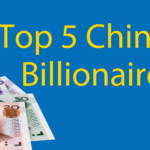
Chinese Billionaires (in 2021) 💸 Who Is Really The Richest?
Do you know who are the top 5 Chinese billionaires? Here is the list of the richest people in China and how they made their fortunes
Version Two
In the second version of the myth, Hou Yi still decides against drinking the elixir but this time a sinister figure tries to steal it.
Indeed, while Hou Yi went off to attend to some business, his pupil Pángméng 逄蒙, envious of his teacher, decided to steal the elixir.
He went to Hou Yi’s house and forced Cháng’é to give him the elixir.
Cháng’é, in order not to yield to Pángméng’s request, decided to take the potion, flying to the moon.
Other Alternative Endings
Another alternative ending to this tale tells of how Cháng’é is punished for betraying her husband and turns into an ugly toad, forever doomed to live out a lonely existence on the moon.
Some also describe of how Cháng’é becomes addicted to the elixir of immortality, and subsequently spends her days brewing and consuming it.
Believe what you want to believe!!
Cháng’é 嫦娥 & The Jade Rabbit (玉兔yùtù)
In many paintings or pictures, Cháng’é is often depicted with a white rabbit.
Who is this little animal and why often appears with the goddess?
Thousands of years ago, under the reign of Yáo 尧, three gods came down to earth disguising themselves as old beggars.
Yáo 尧 was a legendary ruler, considered one of the Three Sovereign and Five Emperors, who ruled from 2356 to 2255 BCE.
The three old men met a wolf (狼 láng), a monkey (猴子 hóuzi) and a rabbit (兔子tùzi).
Since at that time the animals could speak, the three gods asked them for help in finding something to eat.
The wolf killed prey for them, the monkey picked some fruit, but the rabbit couldn’t find anything except for some grass.
Therefore, the rabbit said “you can eat me” and jumped into the pot the old men were cooking in.
The gods, moved by this gesture, saved him and sent him to live in the lunar palace, giving him immortality.
Since that time, yùtù has lived on the moon kneading herbs to prepare medicine, together with Cháng’é.
DID YOU KNOW – Jade is precocious stone mined or carved in China from the Neolithic onward. It is the primary hardstone of Chinese sculptures.
In its pure state it is of a milky white but it can also have a wide range of colors.
Cháng’é (嫦娥) & The Mid-Autumn Festival
The mythical figure of Cháng’é is linked to an important traditional festival: the Mid-Autumn Festival (中秋节 zhōngqiūjié), also known as ” The Moon Festival”.
The Moon Festival is celebrated on the 15th day of the 8th lunar month, when the moon is believed to be the biggest and fullest.
What is the connection between Cháng’é (嫦娥) and The Mid-Autumn Festival?
According to some stories, the day in which Cháng’é fled to the Moon was exactly the 15th day of the 8th lunar month.
In others, Houyi, in the hope that it might make Cháng’é feel less lonely, started leaving her favourite desserts and fruits out every night.
This tradition continues today, as many people leave annual offerings to Cháng’é during the Mid-Autumn Festival.
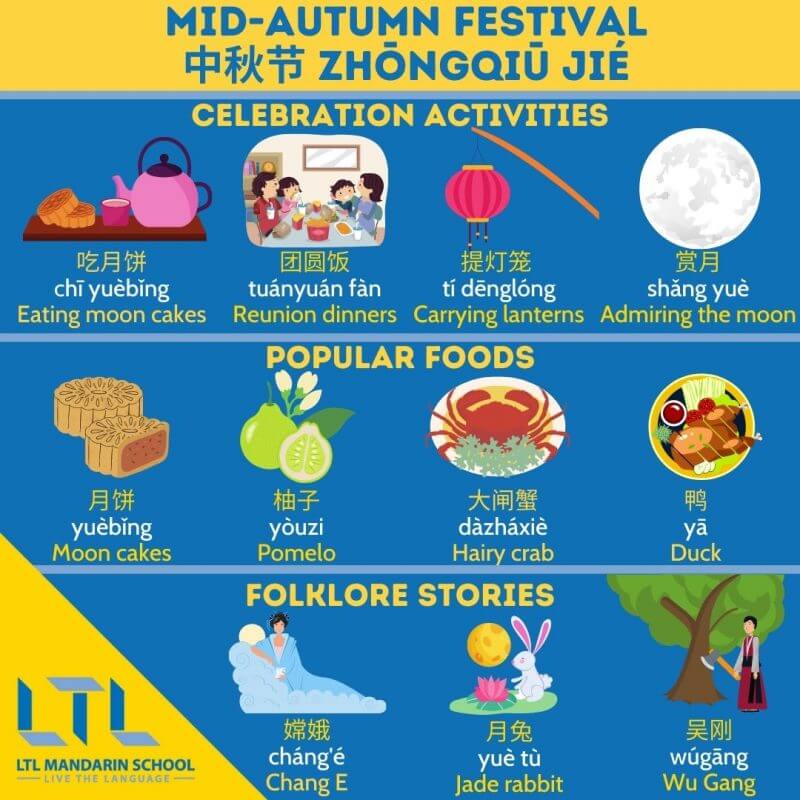
Cháng’é (嫦娥) & The Lunar Exploration
The China National Space Administration (国家航天局 guójiā hángtiān jú) in 2004 launched the Chinese Lunar Exploration Program (中国探月 zhōngguó tànyuè), also known as Cháng’é Project (嫦娥工程 cháng’é gōngchéng).
The project focuses on a series of robotic missions in order to develop a deeper understanding of the lunar surface.
Until today, five lunar-orbiting spacecrafts have been launched, all named after Cháng’é.
The last one, Cháng’é 5 (嫦娥五号 cháng’é wǔhào), was launched on November 2020.
DID YOU KNOW – When the astronauts of Apollo 11 landed on the moon, flight controller Ronald Evans told Michael Collins the story of Cháng’é.
Collins replied that he would keep an eye out for the “bunny girl”.
Cháng’é (嫦娥) From The Moon To The Screen
Timed for China’s Mid-Autumn Festival, on October 23 2020 Netflix released the animated musical film “Over the Moon”
And guess what?! The guest star is Cháng’é!
The film that tells the story of Fei Fei, a 14-year-old Chinese girl who lost her mum at age 10.
Her dad is getting re-married and she grapples with the belief that he has forgotten of his love for her mother.
To prove to her dad that true love lasts forever and to stop him from getting re-married, Fei Fei decides to build a rocket to the moon to find Cháng’é and prove that she is real, and that real love can’t be forgotten.
The girl will meet the Chinese goddess Cháng’é and will go through a whole host of adventures on the Moon such as…
OK, we ca’t spoil it, so it’s down to you to watch and find out!
Are you curious about the movie?! Watch the official trailer of “Over The Moon” below here!
In the movie there are many elements linked to the mythology of Cháng’é and the classical Chinese traditions.
Cháng’é is a famous pop diva, apparently being one who used to dance and sing with her husband Houyi.
Let’s listen one of her songs!
She wears traditional Chinese clothes, for which the production asked for the help of the fashion house Guo Pei (郭培 Guō Péi) one of the most important and famous Chinese brands, known for the constant reference to “Chineseness” in its collections.
Besides, the story takes place while Fei Fei and her family are preparing for the Moon Festival, traditionally associated to the character of Cháng’é.
So there we have it, everything you need to know about the myth of Cháng’é (嫦娥). Have you heard of Cháng’é (嫦娥) before?
Which version of the old tale do you believe?
Cháng’é (嫦娥) – FAQ’s
Who is Cháng’é (嫦娥)?
Cháng’é (嫦娥) is the goddess of the Moon, famous for drinking an elixir of immortality.
How many myths are there about Cháng’é (嫦娥)?
There are many different versions of the Cháng’é (嫦娥) myth.
The most common element tells of how she drinks from the elixir and flies to the Moon.
Who is the Jade Rabbit?
The Jade Rabbit is Cháng’é’s pet, taking her company in the Moon Palace.
What is “Over The Moon”?
“Over The Moon” is a Netflix animated movie, starring Cháng’é (嫦娥), released on October 23rd 2020.
Want more from LTL?
If you wish to hear more from LTL Mandarin School why not join our mailing list.
We give plenty of handy information on learning Chinese, useful apps to learn the language and everything going on at our LTL schools!
Sign up below and become part of our ever growing community!

 Hi, my name is Mojca. I am from Slovenia in Europe and I work as a student advisor at our Shanghai school.
Hi, my name is Mojca. I am from Slovenia in Europe and I work as a student advisor at our Shanghai school. Hi, my name is Sabatino. I am from Italy and I am a Student Advisor at LTL. Fancy coming to study with us in China?
Hi, my name is Sabatino. I am from Italy and I am a Student Advisor at LTL. Fancy coming to study with us in China?

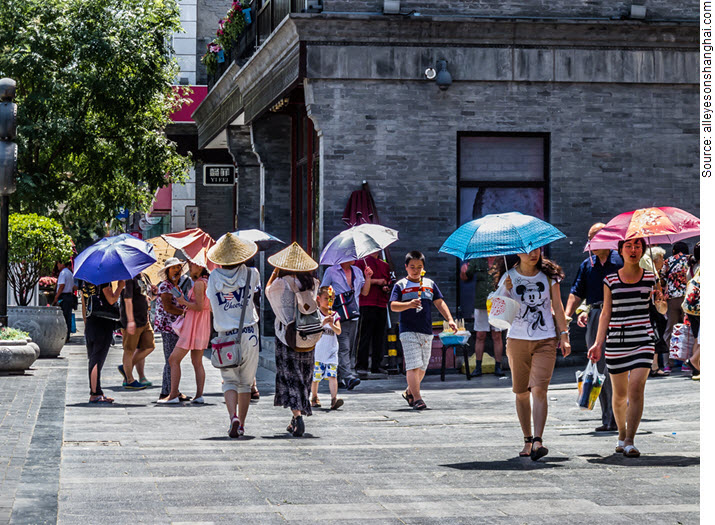

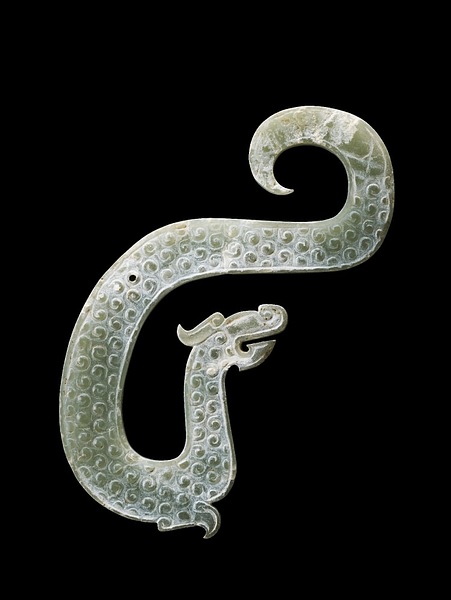


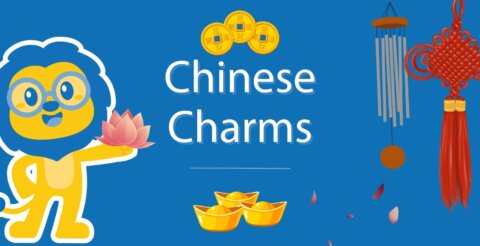
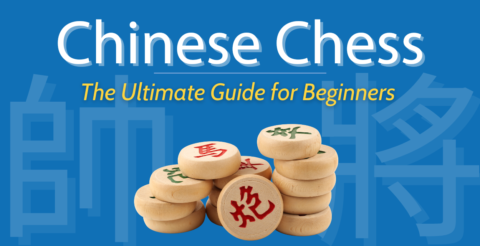
2 comments
Mi hija nació en China el día de la festividad del medio otoño y su nombre chino es Chang’e.
Increíble!